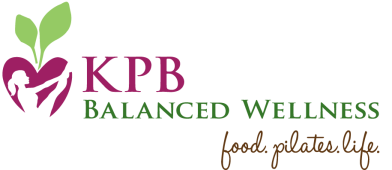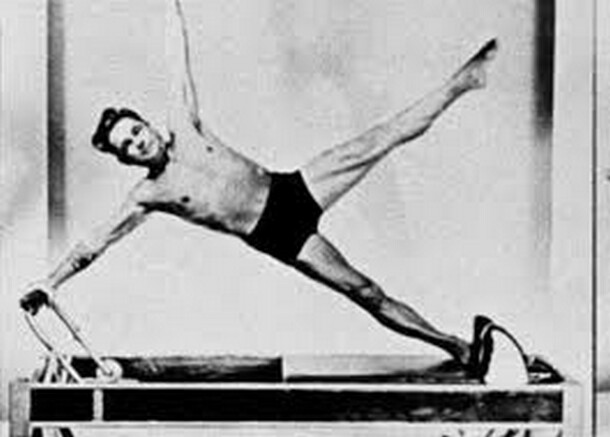People often ask, “What is Pilates? Is it like Yoga? Is it just abs and core work?” The truth is, pilates is hard to put in a box. To answer these three questions I will start with how Pilates came to be:
Pilates was first created by Joseph Pilates during his time in a German internment camp in WWI. He was looking for ways to help rehabilitate some of the soldiers and he literally started pulling bed springs from the hospital beds to put the soldiers in traction and get them moving again. With the success that he had there, he took what he then called ‘Contrology’ to New York City and opened a studio to teach it. There he started working with many dancers to help rehabilitate them and return them to the stage. During this time he continued to modify and expand his choreography for his curriculum while fine-tuning and designing the Cadillac, Reformer, Chair and Barrels. Word got out about his successes in helping people recover from injury, regain function and reduce pain and he quickly grew quite a following.
Is Pilates like Yoga?
Pilates often gets wrapped up in people’s minds as being ‘like yoga’ in that it is also considered a mind-body modality and it can be done on a mat. However, that is really the end of the similarities. Pilates is a mind-body exercise, however unlike yoga which is very spiritual in nature, Pilates is much more literal in its mind-body connection. With Pilates, you will be spending a significant amount of time thinking about what muscle is working, what muscles should be relaxed, how the muscle recruitment is happening and your alignment. This is very literally getting you to reconnect with nearly every muscle in your body and thinking through its proper form and function.
Is Pilates just abs and core?
Well, yes and no. Pilates is built on the foundation that every move must come from the core. So, yes, there is a large emphasis on strengthening the core for overall stability and function. But, this is hardly a class full of crunches. In order to improve overall function and correct movement patterns, you have to take time to focus on the small local stabilizer muscles that aren’t typically talked about. Most everyone knows about their triceps, quads, gluteals, the rectus abdominis, etc. But, there are also many much smaller muscles that facilitate the movement of those big muscles that are just as important, but typically not felt as strongly so they get bypassed.
When we put all of the work on the big muscles we start to get imbalances, strains and ultimately injuries.
Pilates starts with the core, ensuring that not only is the rectus abdominis strong but that the entire abdominal wall is engaged and we aren’t overworking other muscle groups that shouldn’t yet be engaged. Once we have started to get the core engaged properly, then the repertoire builds out to incorporate the arms and legs and ultimately large full-body movements all focusing on correct muscle recruitment and patterning.
Who is Pilates for?
Everyone! Pilates is incredibly versatile. It is designed to rehabilitate you after an injury, to correct imbalances, strengthen and improve function, but it is also designed to support high-level athletes in ensuring everything is in balance and functioning at an elite level. What is necessary is being aware of where you are right now and your capacity for movement. Still have a fresh injury and a lot of pain? Then you are better served in a physical therapy setting or at a minimum, individual pilates sessions tailored specific to your needs. But, if you are an active person finding some imbalances and ready to dedicate some time to fine tuning how your body moves and functions, Pilates may be just the thing to add to your repertoire.


